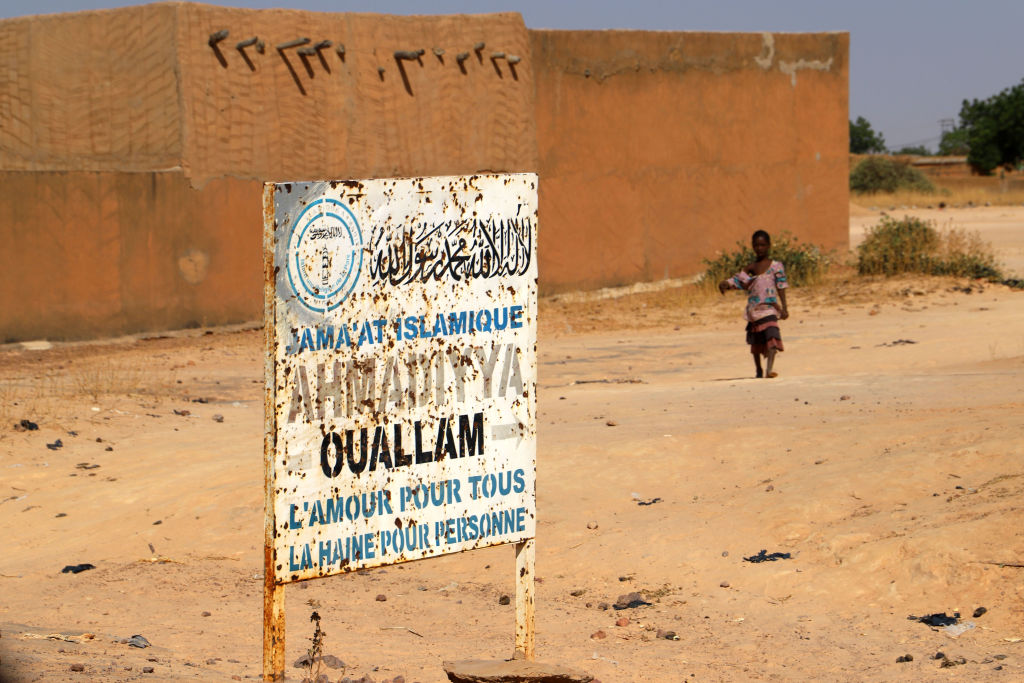Islamic State Expands Campaign of Violence in the Sahel
ADF STAFF
Large, indiscriminate ambushes by the Islamic State Sahel Province (IS Sahel) on rival terrorist groups, government forces and civilians in northeast Mali has contributed to the highest civilian death count since conflict erupted there more than a decade ago.
IS Sahel was a target of France’s counter-extremist campaign known as Operation Barkhane, which ended in November. The group has since launched an offensive on an “unprecedented scale,” according to ACLED, a conflict monitoring group.
“Since the end of the Barkhane operation, we can feel the rise in power of the Islamic State,” Baba Dakono, a political and security analyst based in Mali, told The New Humanitarian, a United Nations publication.
The group continues to use an array of brutal tactics.
A member of a women’s association in Mali’s Gao region said IS Sahel attacked her community in June 2022, but was repelled. When the group returned three months later, it “destroyed everything.”
“They killed all the men, and pierced the water tank and poured poison into the pool,” said the woman, who spoke to The New Humanitarian anonymously. “[They] burned all the cereals that could not be taken away… and left Talataye in ashes.”
The woman, one of about 410,000 people displaced by violence in Mali, added that the group “just wants to control the area [and] bring the people to submission while promising security and that any opposition would not be accepted.”
IS Sahel’s Mali campaign is largely driven by its rivalry with the al-Qaida-aligned extremist group Jama’a Nusrat al-Islam wa al-Muslimin (JNIM).
ACLED’s data showed that IS Sahel is more likely to use ambushes and swarming tactics incorporating motorcycles and vehicles in assaults. JNIM prefers inflicting “remote violence” through the use of explosives, artillery and mortar fire.
IS Sahel isn’t confined to Mali. Through ambushes featuring armed assaults on motorcycles and in vehicles, IS Sahel operates throughout the tri-border area between Burkina Faso, Mali and Niger.
According to ACLED, IS Sahel has become the “dominant actor” in the Oudalan and Seno provinces in Burkina Faso, the Gao and Menaka regions in Mali and the Tillaberi and Tahoua regions in Niger. Its activities, funded mostly through cattle theft, extortion and collecting alms or taxes, have also spread to Benin.
In Burkina Faso, the group committed a large series of massacres against Mossi, Foulse, Songhai and Bellah communities in the Sahel and Center-North region between 2019 and 2021.
During a six-month offensive in Niger between March and August 2022, fighting between IS Sahel, pro-government forces and JNIM resulted in more than 1,000 deaths, including civilians, ACLED reported.
IS Sahel is currently attempting to establish a pseudo-state in rural areas stretching from Gao in northern Mali to Dori in southern Burkina Faso and from N’Tillit in western Mali to the border area of Tahoua in the eastern Niger.
Because Malian armed forces, Russia’s Wagner Group, JNIM fighters, militias and former rebel groups have not been able to control IS Sahel, the group will continue asserting its influence through large-scale violence, ACLED predicted.
“Everything has been tried but still the jihadis are growing and occupying larger territories,” Ibrahim Yahaya Ibrahim, a Sahel analyst at the International Crisis Group, told the Financial Times.


Comments are closed.